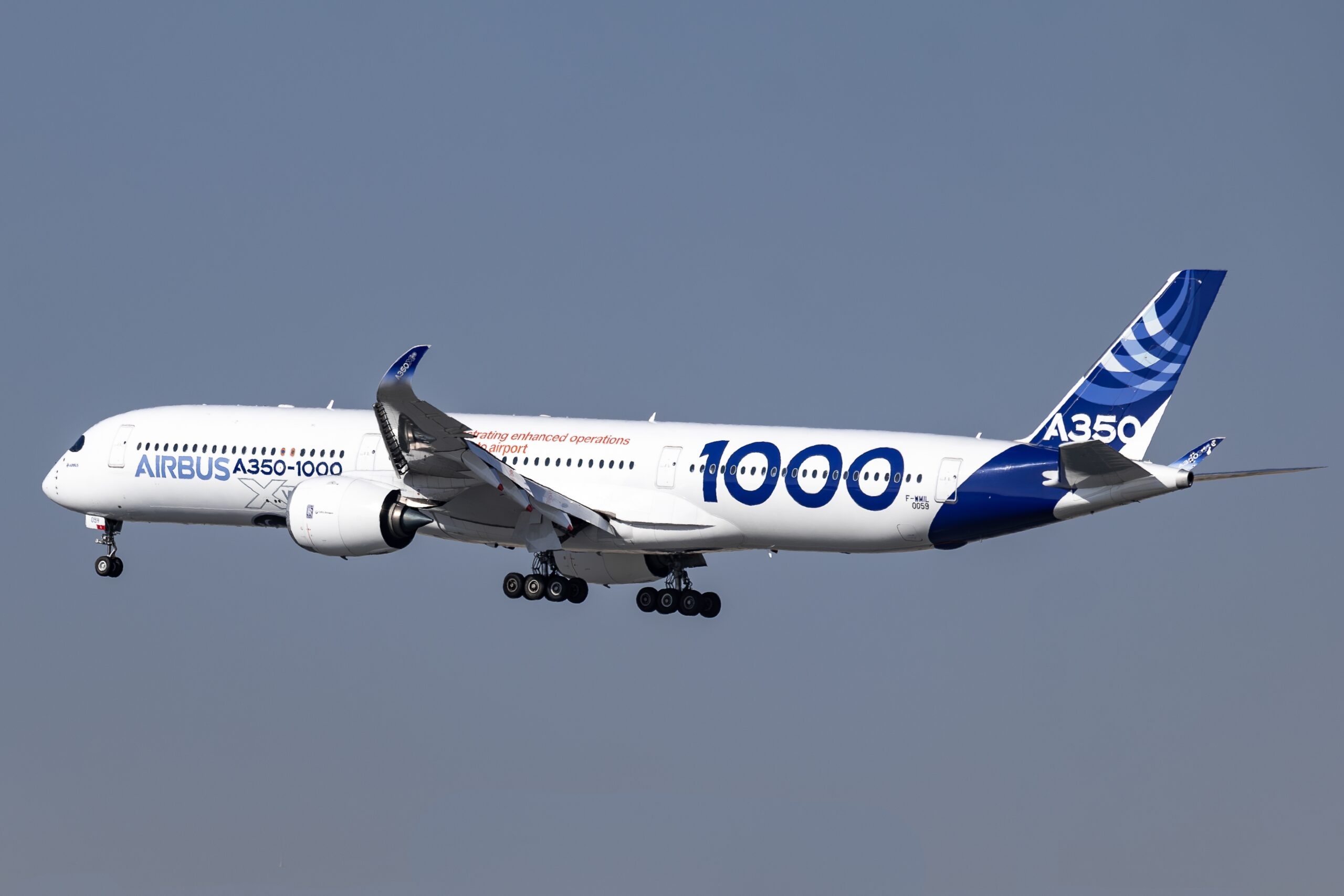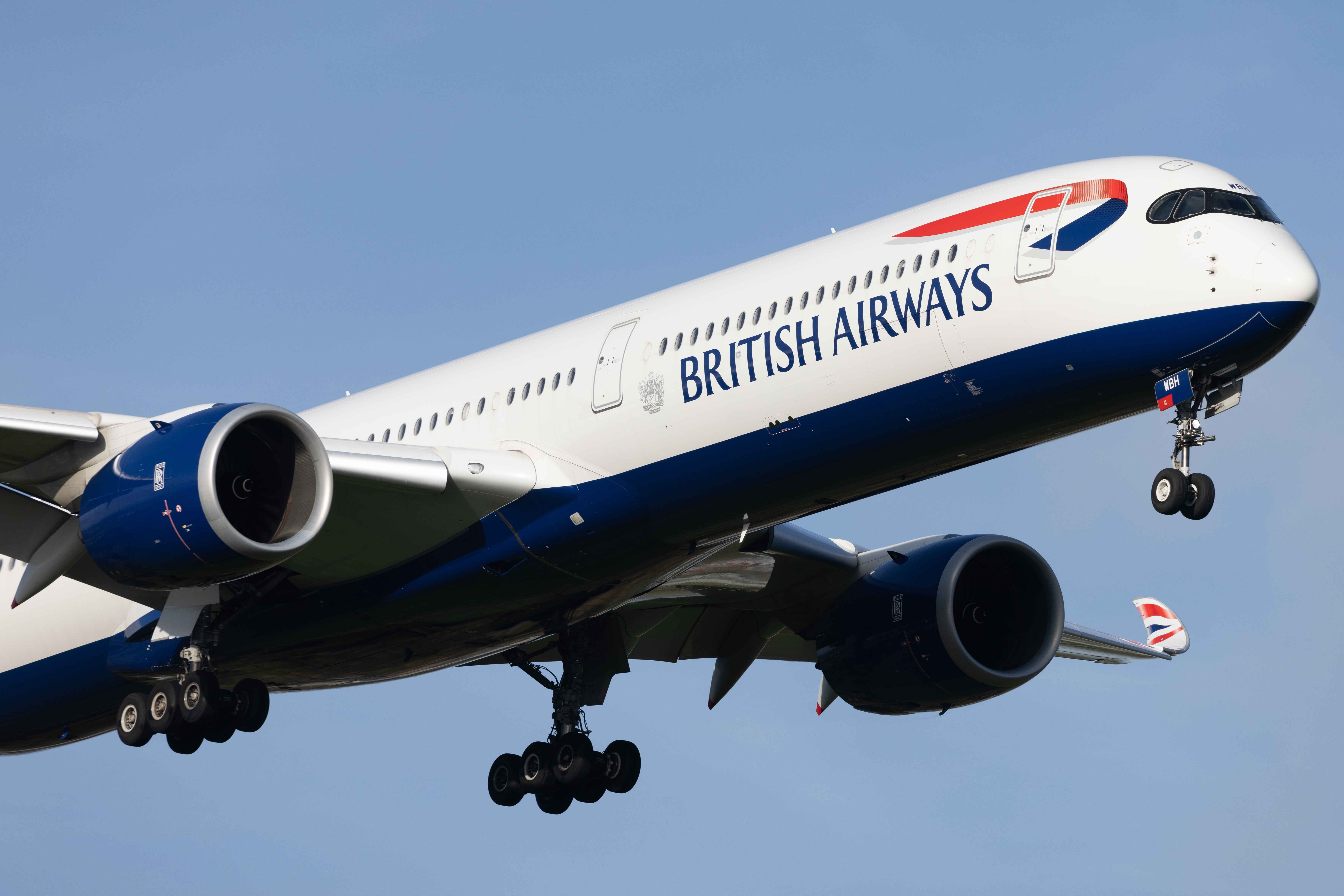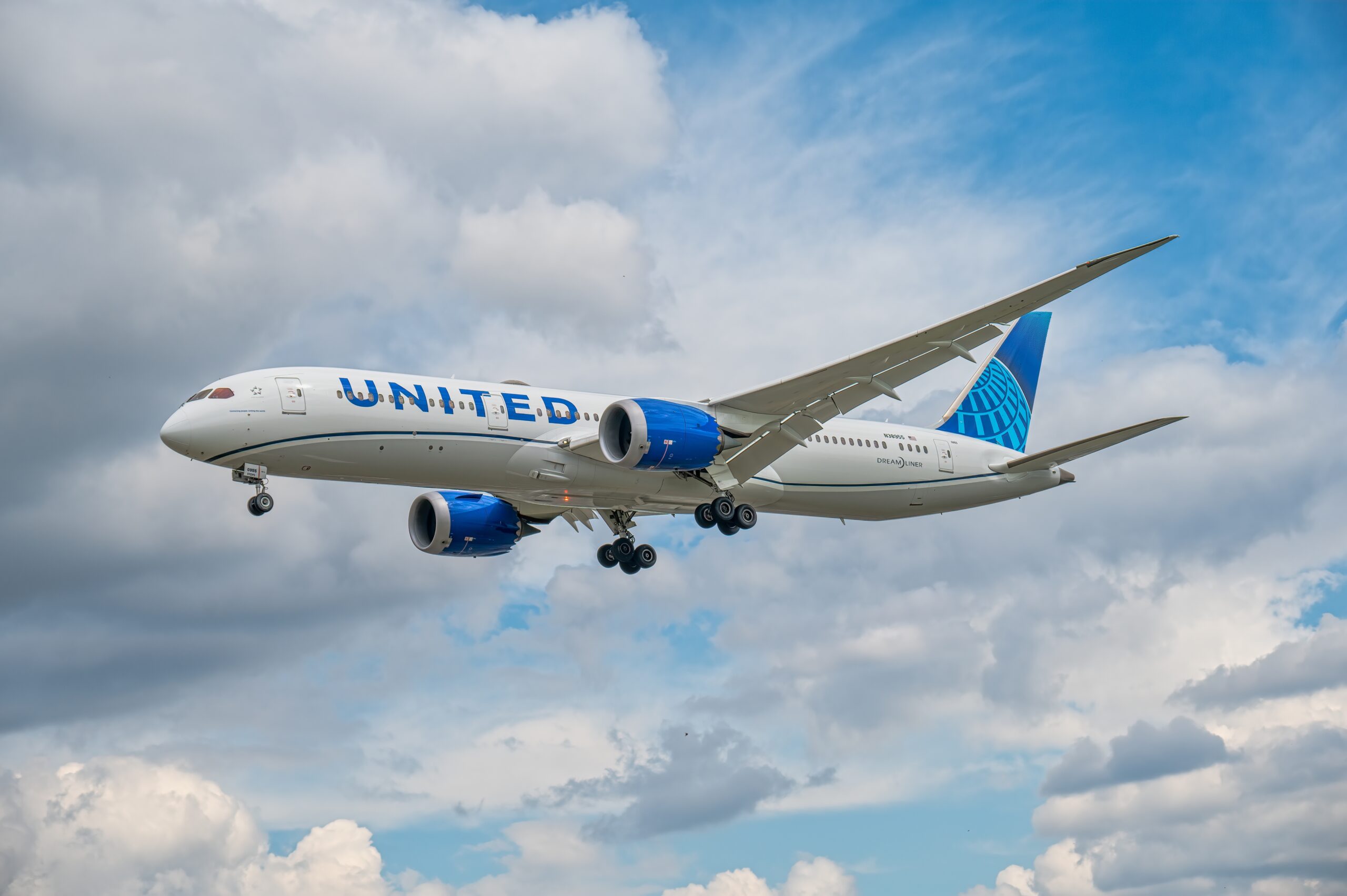Boeing 747-8 Upper Deck: A Detailed Look
The Boeing 747-8 is the latest iteration of Boeing’s iconic 747 family. This aircraft line, famous for its distinctive hump, continues to innovate in aviation design. A significant feature of the 747-8 is its upper deck, introduced originally on the 747-100 in the 1970s. The 747-8’s upper deck, however, brings new advancements and amenities that distinguish it from earlier models.
Design and Layout
The upper deck of the 747-8 is both functional and aesthetically pleasing. It is around 18 feet longer than its predecessor, the 747-400. This extended length allows for additional seating and customization options. Depending on the airline configuration, the upper deck can accommodate various seating arrangements including business class, premium economy, or even first-class suites.
Walk up the staircase and you may find luxurious seating spanning the length of the deck. The upper deck typically features a 2-2 seat configuration in business class, providing passengers with wide aisles and easy access to exits. For airlines opting for first-class seating, the upper deck can be customized further to include fully enclosed suites with beds and large entertainment screens.
Passenger Experience
The experience of flying on the upper deck of the 747-8 is distinct due to several factors. First, the elevated position provides an exclusive and private atmosphere. Passengers enjoy a quieter environment because they are further from the engines and other noise sources. The larger windows on the upper deck allow more natural light, enhancing the feeling of space.
Additionally, the overhead bins in the upper deck are more accessible and easily accommodate larger bags. Enhanced cabin pressure and better humidity control contribute significantly to passenger comfort, reducing jet lag and fatigue.
Technological Advancements
The 747-8 upper deck benefits from a range of technological advancements. The aircraft employs a more aerodynamic design, which improves fuel efficiency and reduces drag. State-of-the-art avionics and navigation systems enhance flight safety and operation.
Inside the cabin, modern entertainment systems provide a rich multi-media experience. Seats are often equipped with personal screens that offer on-demand movies, TV shows, games, and music. Many airlines also provide in-flight Wi-Fi, enabling passengers to stay connected throughout their journey.
Operational Efficiency
The 747-8 is designed to offer higher operational efficiency compared to previous models. This is partly due to the advanced engines and aerodynamic improvements. These features reduce fuel consumption, making long-haul flights more sustainable and cost-effective for airlines.
The upper deck’s design also contributes to operational efficiency. By housing premium seating arrangements, airlines can maximize revenue from high-value passengers. The flexibility in configuration allows airlines to adjust the seating based on demand and route length, optimizing use cases for both commercial and charter flights.
Historical Context
The introduction of the upper deck in the original 747-100 was a groundbreaking innovation in commercial aviation. Initially, the upper deck was used as a lounge area, creating an exclusive space for first-class passengers. Over time, as market demands shifted, airlines began to use the upper deck for additional seating.
The 747-8 continues this legacy by providing a versatile and luxurious space that enhances the overall passenger experience. It remains a symbol of luxury and engineering excellence in aviation.
Airline Customization
One of the standout aspects of the 747-8 upper deck is its ability to be customized according to airline specifications. This flexibility allows airlines to tailor the space to their brand and customer preferences. Some airlines opt for a business class layout with lie-flat seats, while others may choose a more exclusive first-class setup with private suites.
Customizations extend beyond seats. Airlines can choose different lighting schemes, cabin materials, and entertainment options. This level of personalization helps airlines differentiate themselves in a competitive market.
Operational Roles
While the 747-8 is primarily a passenger aircraft, it also serves in various other roles. The upper deck’s space can be adapted for different purposes, including VIP transport and cargo conversion. In its cargo configuration, the upper deck can be used for additional storage or even for specialized tasks like transporting valuable or perishable goods.
Passenger versions often leverage the upper deck for premium services. This makes the aircraft an ideal choice for high-profile events, such as transporting sports teams, corporate delegations, or even heads of state.
Market Reception
The 747-8 has been met with positive reception from both airlines and passengers. Airlines appreciate the aircraft’s operational efficiency and the added capacity of the upper deck. Passengers, on the other hand, enjoy the enhanced comfort levels, especially those flying in premium cabins.
The aircraft competes with other large commercial jets like the Airbus A380, but its unique upper deck feature and operational advantages make it a preferred choice for many long-haul carriers.
Future Insights
The role of the 747-8 and its upper deck will likely continue evolving. As airlines adapt to changing market conditions, the versatility of the 747-8 makes it a valuable asset. Innovations in lightweight materials and more efficient engines could further enhance its appeal.
Whether for commercial, cargo, or specialized transport, the 747-8’s upper deck sets a high standard. Its design, passenger experience, and operational benefits underscore its significance in modern aviation.
“`






